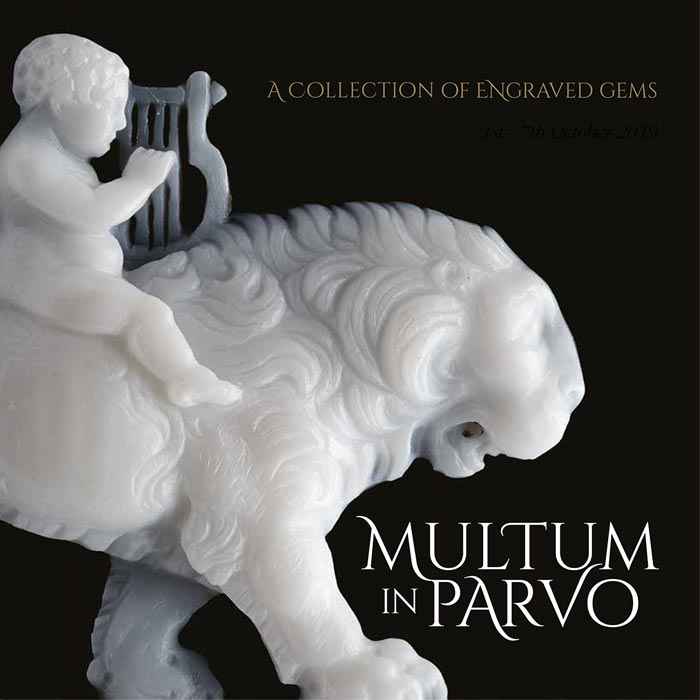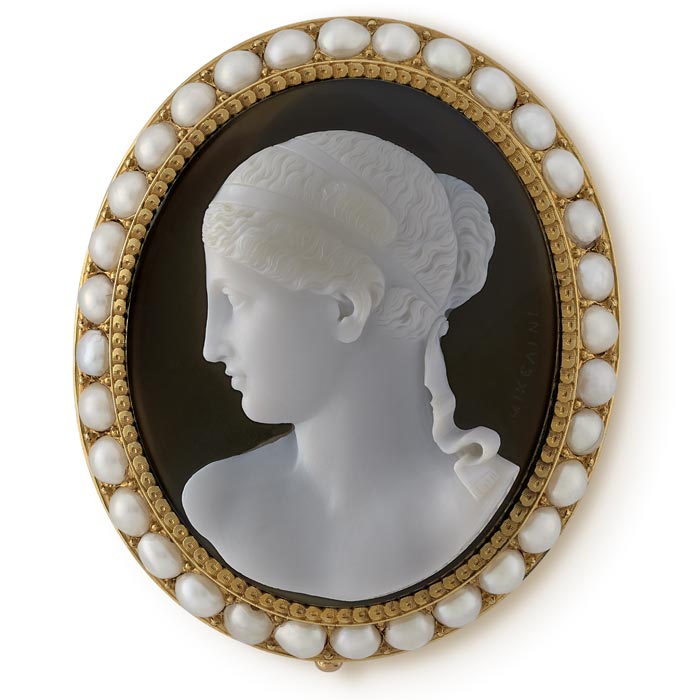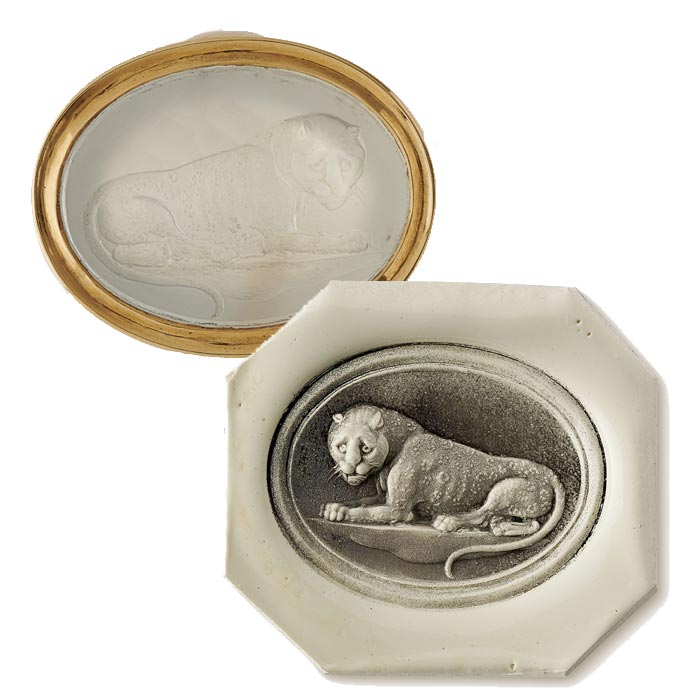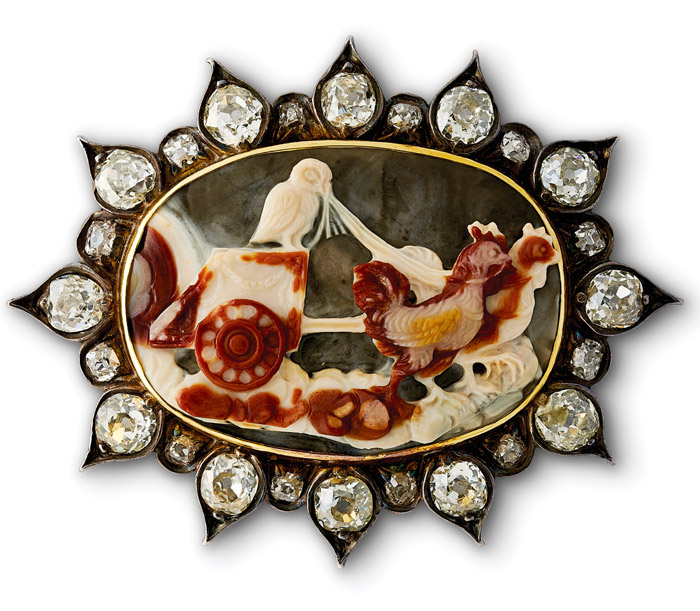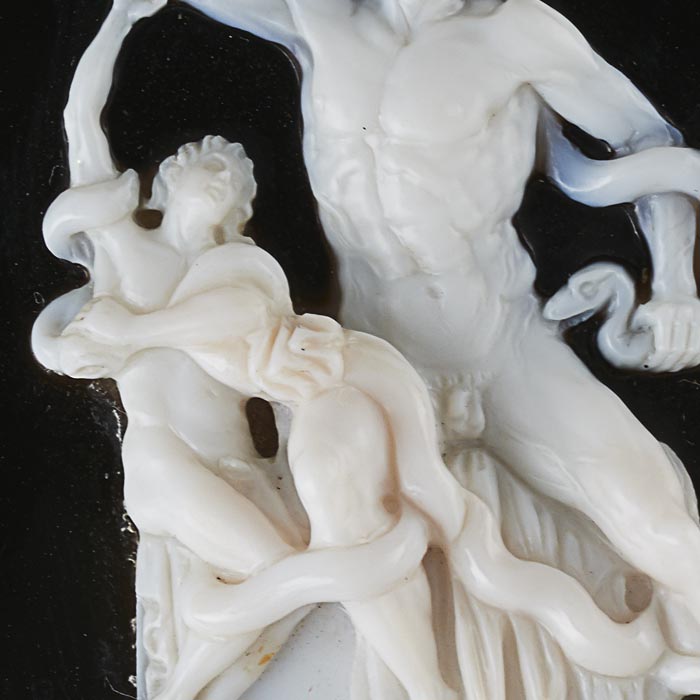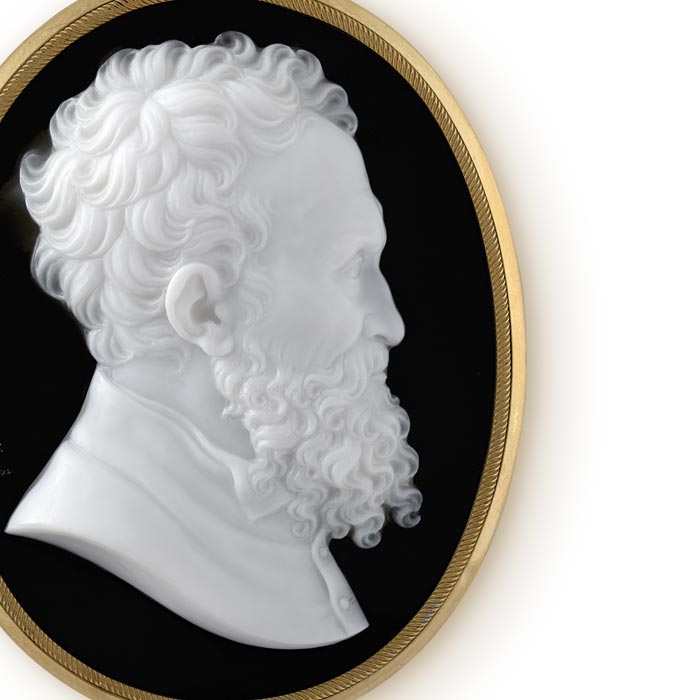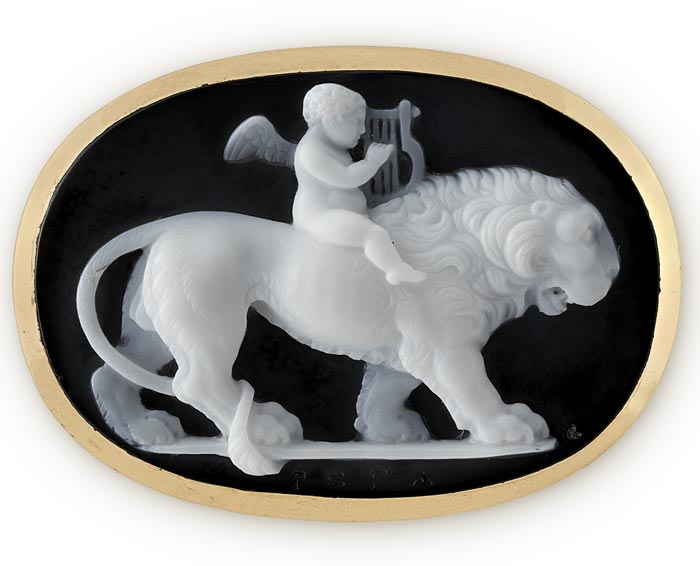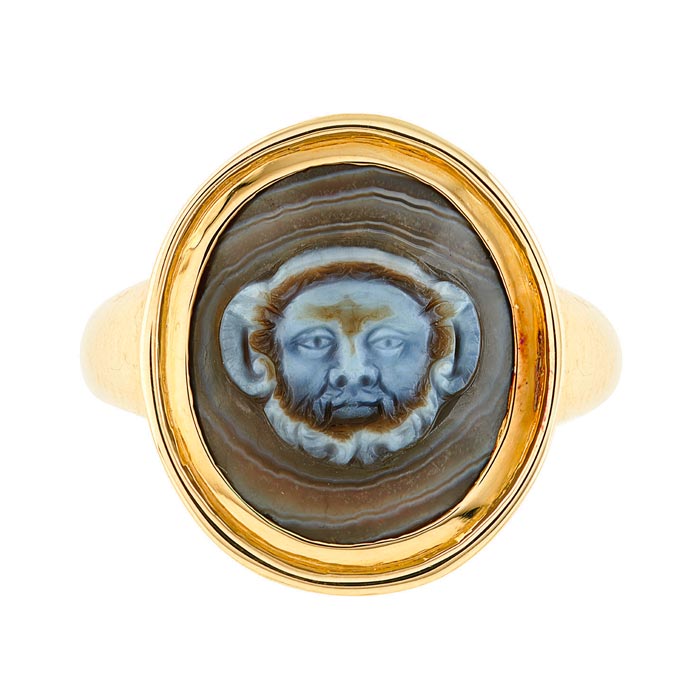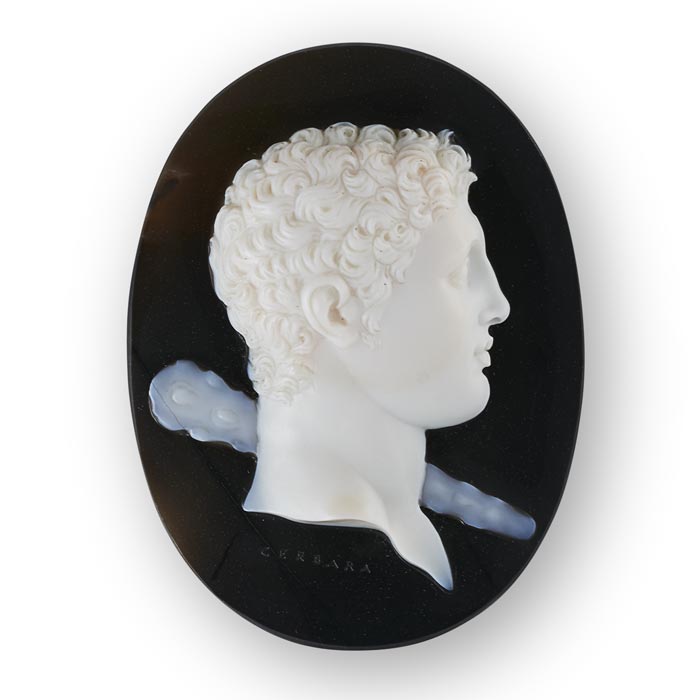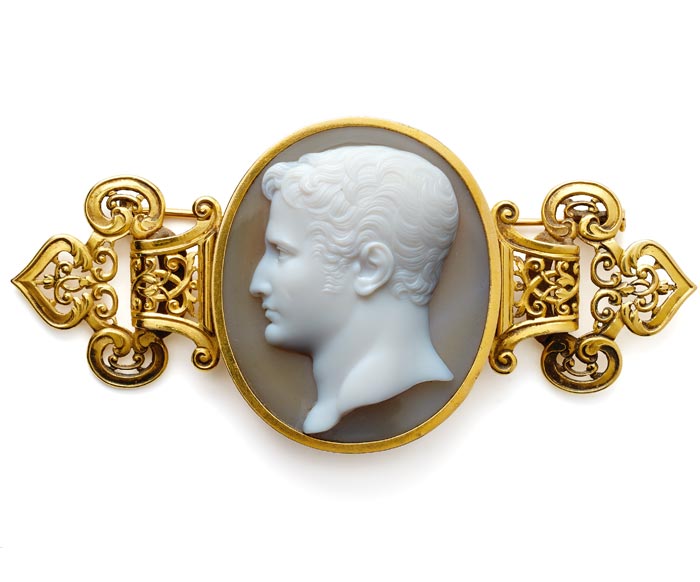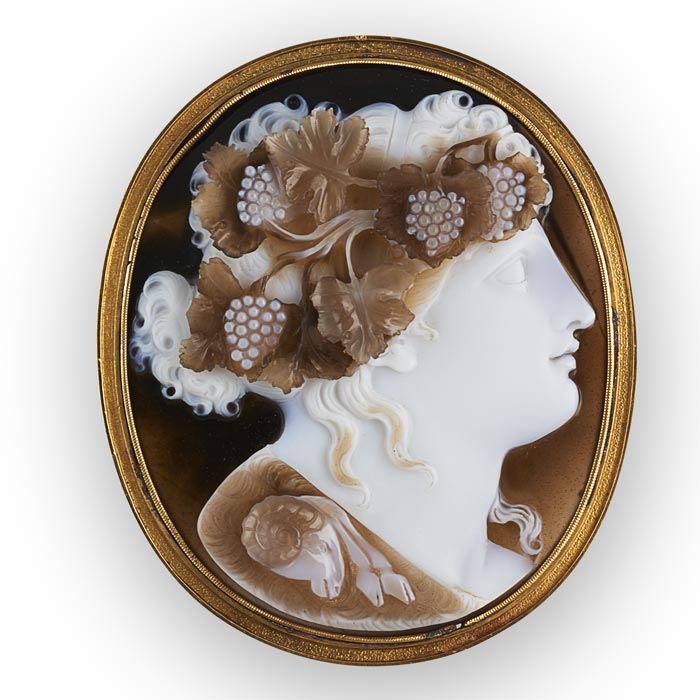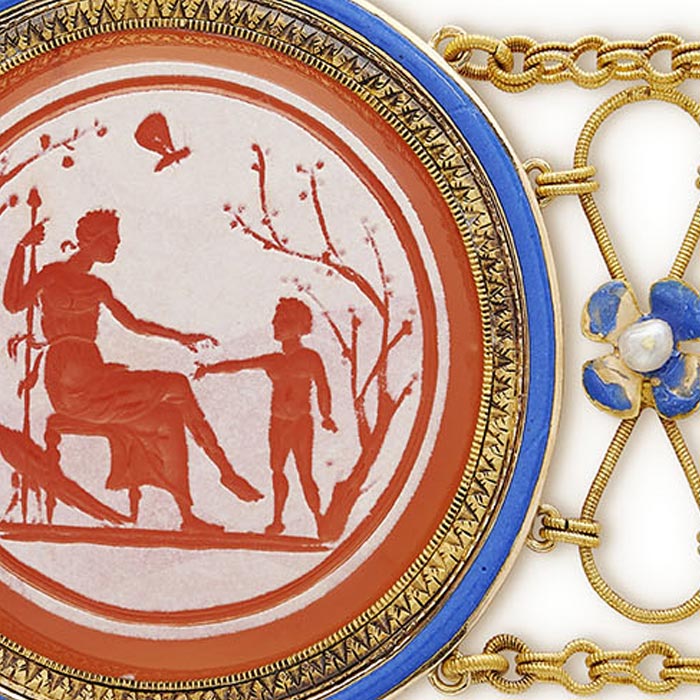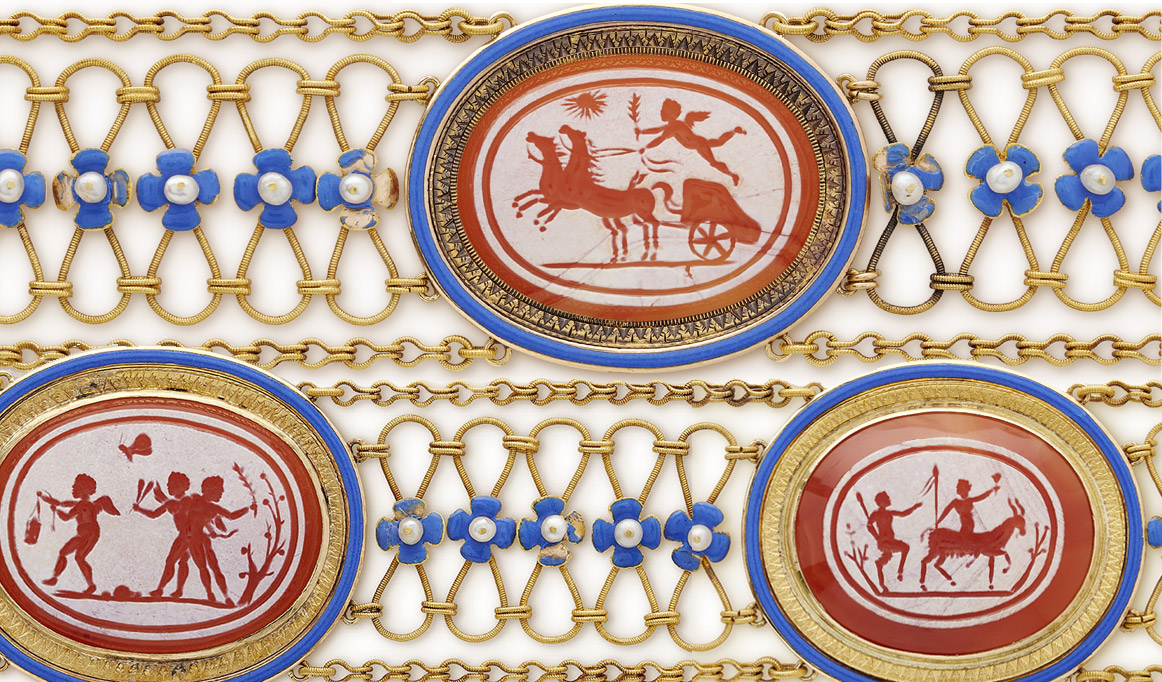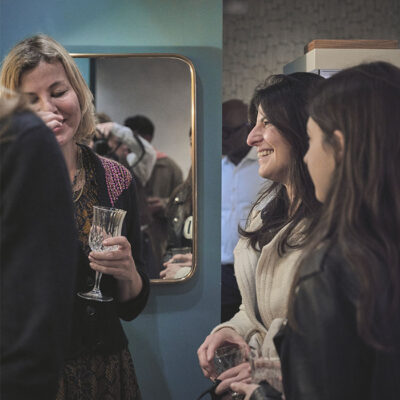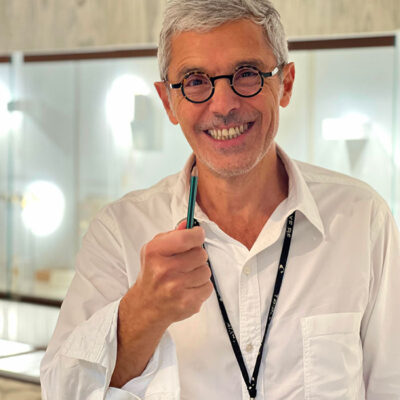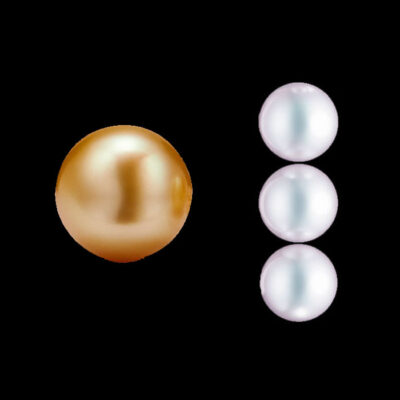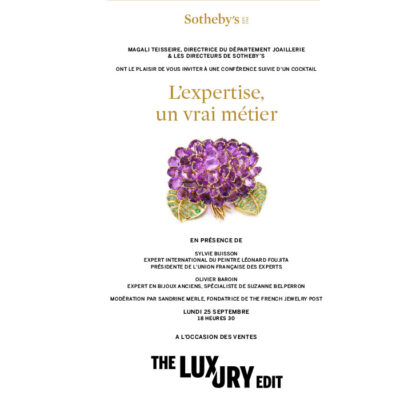Business
06 January 2020
Share
Kazumi Arikawa, cameo and intaglio addict
During my last visit to Albion Art in Tokyo, Kazumi Arikawa introduced me to his beautiful collection of cameos and intaglios, enriched by his recent acquisitions from the London dealer Wartski.
About thirty small velvet cases from Wartski’s awaited me on the tables of Arikawa’s living room, to the solemn sounds of Gregorian chant. In each of them was a cameo or an intaglio – a stone carved in relief or in hollow – representing mythological scenes or historical characters. “He went completely crazy when he saw the selection offered by Thomas Holman last October at the exhibition-sale entitled Multum in Parvo: which means a lot of things in a small space,” explains his collaborator. Holman, the director of Wartski, took four years to assemble these unique specimens, some of which belonged to the collection of the Duke of Marlborough, the last word on the subject. And since it was impossible to reserve the coveted cameos, Kazumi Arikawa made sure he was the first by sending students to line up in front of the store three days early!
The cameos and intaglios of Albion Art
Today it includes about fifty pieces illustrating the art of gemstone engraving, from Alexander the Great to Napoleon III. Some are for sale, others are not. Most date from the end of the 18th and 19th century, featuring great names in glyptics such as Benedetto Pistrucci, Merchant and Giovanni Pichler. At Wartski‘s, Kazumi Arikawa added some extremely rare Greco-Roman specimens, which are more often found in museums these days, and a number of very beautiful classics: a Hermes and a magnificent young Hercules with his club on his shoulder sculpted by Giuseppe Cerbara; a Venus of Arles in her medallion; a Cupid playing the double flute; and a black-and-white Blacas that completes a set of profiles of great men including Michelangelo, Richelieu, Socrates, Hadrian and Plato. It’s impossible to tear your eyes away from these ultra-pure profiles, with their details of transparent musculature, hair curls and head jewelry.
The library
With some 7,000 books, Kazumi Arikawa’s library is one of the most remarkable around. The engraved stone section includes such rarities as Ortelius’ Deorum Dearumque Capita (1683), which belonged to the Great Dolphin, and Cardinal Albani’s personal copy of Monumenti antichiby J.J. Winckelman. The catalogue of the collection of the Oxford Museum, in which great specialists such as John Boardman and Diana Scarisbrick (a very close friend of Kazumi Arikawa) played a part, is also included. In the library, I also discovered books of plaster prints of meticulously arranged intaglios, “like fondants in the collection of a great confectioner,” in the words of Marguerite Yourcenar. This allows us to see the motifs in positive form and thus better appreciate their workmanship. A connoisseur always has a small box of soft wax to hand, so as to make one in a few seconds if required.
The origins of a passion
Cameos and intaglios are ultra-elite jewels. “I was able to appreciate this art of glyptics because my eyes are already trained in sculpture, particularly Buddhist sculpture,” explains Kazumi Arikawa. A classical education is indeed necessary to understand this jewelry, which touches the very core of European civilization. Beyond the craftsmanship, the number of layers, and the precision of the motifs, “one must be able to associate idealized portraits with historical figures and decipher mythological scenes which, at the time, were immediately legible,” says a specialist. As with the tiaras whose prices he set ablaze, Kazumi Arikawa understood the potential of these objects, which are still unknown to Asian customers and still considered obsolete jewelry in Europe.
And in building up this collection of beautiful cameos, Kazumi Arikawa’s name can indeed be ranked alongside the great collectors such as the Duke of Marlborough, Catherine the Great and the painter Rubens.
Related articles:


